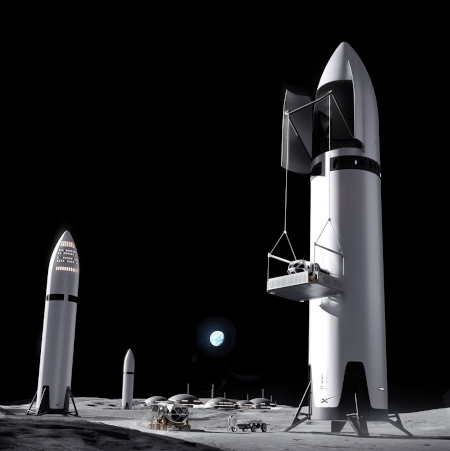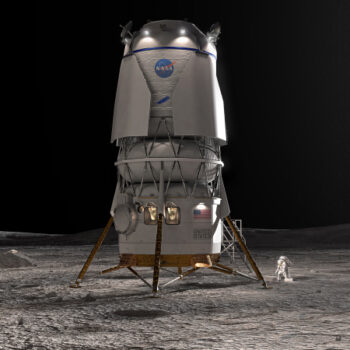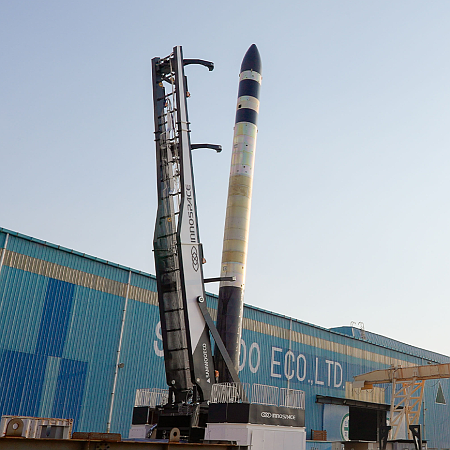SpaceX launches 28 more Starlink satellites
SpaceX this afternoon successfully placed another 28 Starlink satellites into orbit, its Falcon 9 rocket lifting off form Vandenberg Space Force Base in California.
The first stage (Booster 1063) completed its 29th flight, landing on a drone ship in the Pacific. With this flight this booster has now flown more times than the space shuttle Columbia, as shown below in the rankings for the most reused launch vehicles:
39 Discovery space shuttle
33 Atlantis space shuttle
31 Falcon 9 booster B1067
29 Falcon 9 booster B1071
29 Falcon 9 booster B1063
28 Columbia space shuttle
27 Falcon 9 booster B1069
The leaders in the 2025 launch race:
142 SpaceX (a new annual record)
66 China
13 Russia
13 Rocket Lab
SpaceX now leads the rest of the world in successful launches, 142 to 108.
SpaceX this afternoon successfully placed another 28 Starlink satellites into orbit, its Falcon 9 rocket lifting off form Vandenberg Space Force Base in California.
The first stage (Booster 1063) completed its 29th flight, landing on a drone ship in the Pacific. With this flight this booster has now flown more times than the space shuttle Columbia, as shown below in the rankings for the most reused launch vehicles:
39 Discovery space shuttle
33 Atlantis space shuttle
31 Falcon 9 booster B1067
29 Falcon 9 booster B1071
29 Falcon 9 booster B1063
28 Columbia space shuttle
27 Falcon 9 booster B1069
The leaders in the 2025 launch race:
142 SpaceX (a new annual record)
66 China
13 Russia
13 Rocket Lab
SpaceX now leads the rest of the world in successful launches, 142 to 108.










